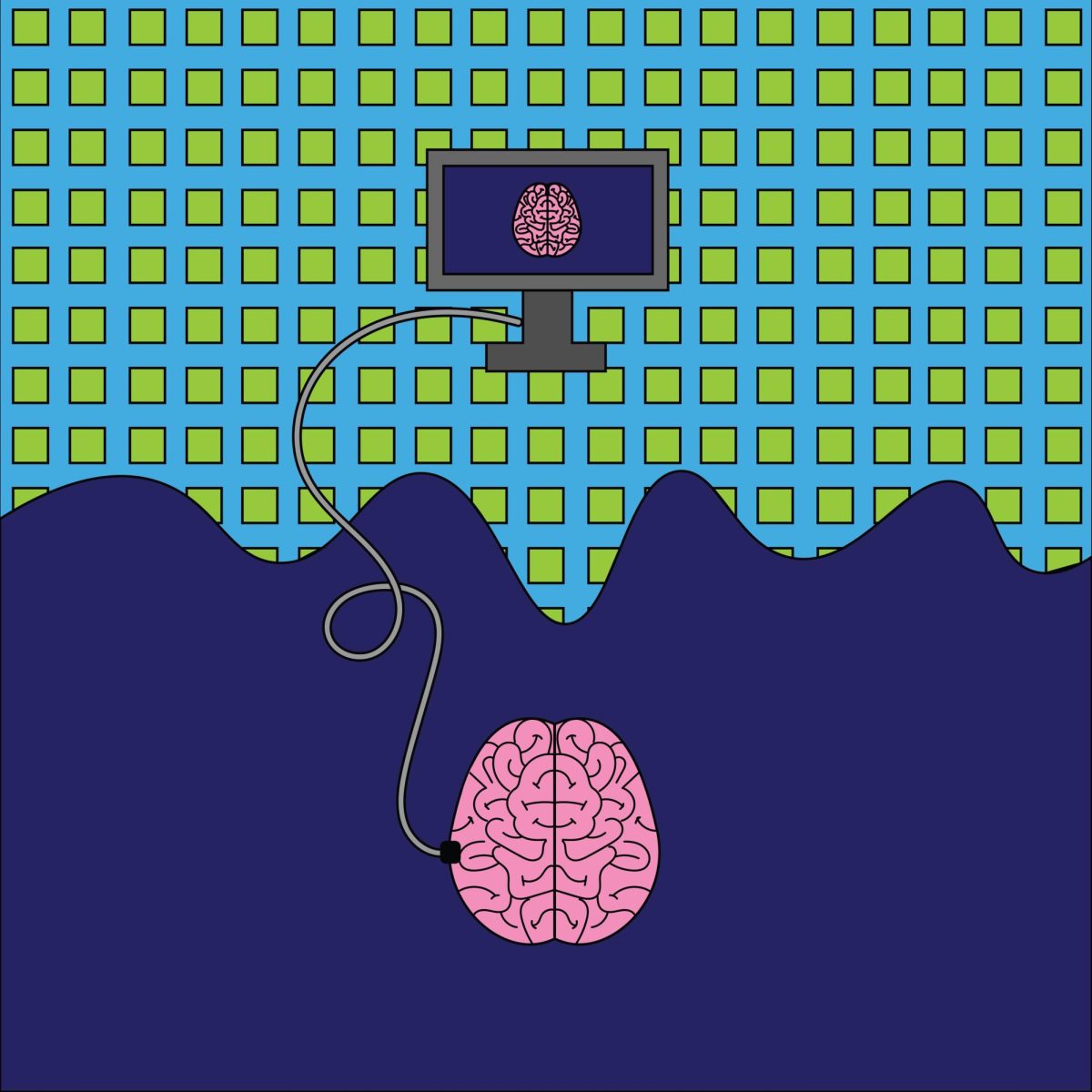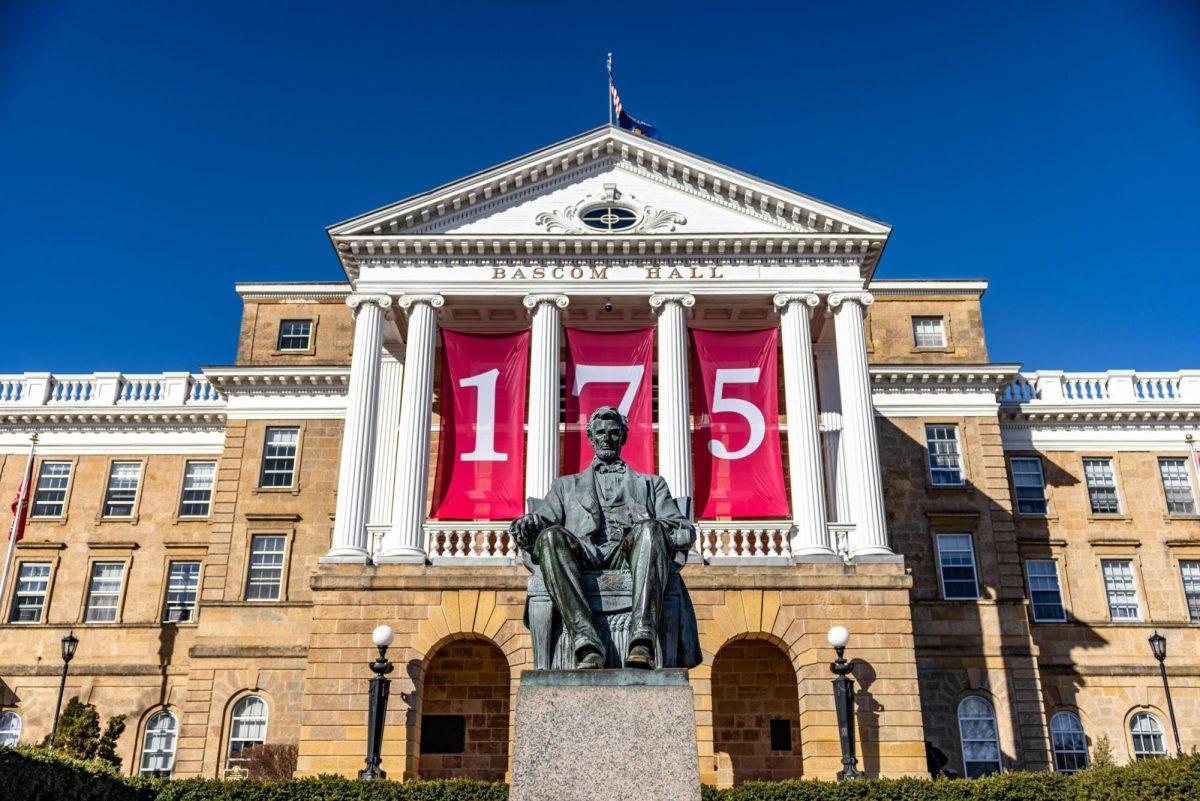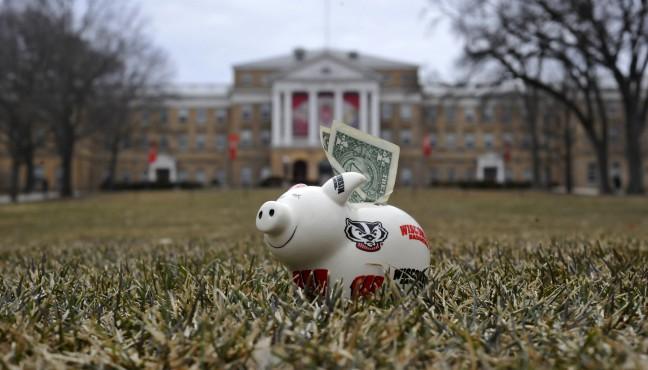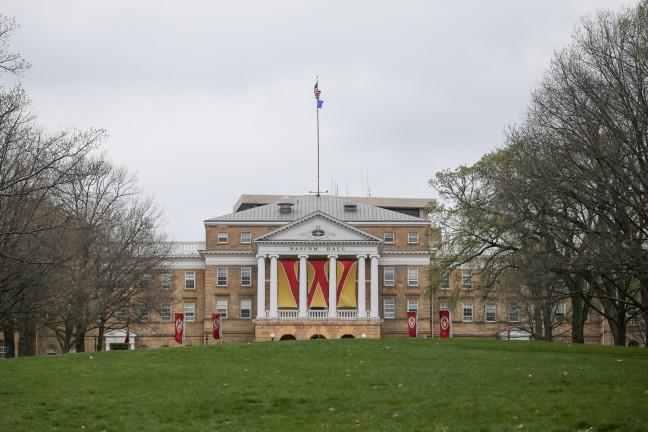As an ailing economy continues to constrain state budgets, students and their families are being forced to shoulder an ever-increasing portion of the rising cost of public higher education in America.
The recent recession has galvanized a 30-year long national trend of state disinvestment in public higher education.
State appropriations per student across the country fell 5.7 percent in 2008-09 in inflation-adjusted dollars. The $7,953 per student that states provided was 12 percent lower than a decade earlier, according to The College Board’s 2009 report.
State investments in higher education have declined by $52.3 billion since 1980, or 46 percent, according to a report from Postsecondary Education Opportunity, an independent policy research group.
Significant hikes in tuition have been a natural response at schools around the country and recently incited protests on many American campuses.
Despite increases in tuition, public colleges and universities are struggling to fill the void left by state disinvestment. Sweeping cuts in programs and expenditures have been unavoidable.
Striving to maintain the American tradition of excellence in public education, more and more schools are turning to the private sector to fill growing budget gaps.
With financial models that are beginning to look more like private institutions than public universities, administrators and policy officials are beginning to question state regulation of public higher education institutions.
On Wisconsin with less state support
The state of Wisconsin is no exception. Decreases in state funding for the University of Wisconsin System over the last 10 years have left students and their families bearing the brunt of rising educational costs.
By some accounts, Wisconsin has led the charge in states’ disinvestment in higher education.
According to the PEO report, Wisconsin’s investment efforts since 1980 have fallen by 54.3 percent, putting it in the top 10 worst in the country.
“The relative burden of who is paying has certainly shifted to some degree from state taxpayers to students and families,” President of the Wisconsin Taxpayers Alliance Todd Berry said.
The state share of the total UW System budget has fallen 10 percentage points since fiscal year 1999-00. During the same period, tuition and fees’ contribution to the overall budget have risen by about 7 percentage points, according to state Legislative Fiscal Bureau and UW System records.
While Wisconsin’s flagship university maintains the second cheapest in-state tuition in the Big Ten, published in-state tuition and fees have increased from $3,791 in 2000-01 to $8,314 this academic year, according to the UW 2009-10 Data Digest. Tuition and fees for non-residents have grown by almost $9,000 over the same period.
“It used to be that students about 10 years ago paid a little more than a third of their own educational costs and the state subsidized the other two-thirds … today, students are paying about 60 percent of the cost,” UW System spokesperson Dave Giroux said.
A changing UW student body is showing the effects of this shift. Students from lower income brackets have become less represented on the UW campus in recent years, according to Joanne Berg, vice provost for enrollment management.
“We are admitting those students from lower income brackets, but the fact is we don’t have the money to fund all of their tuition,” Berg said.
According to the executive summary of the Madison Initiative for Undergraduates, the university falls at least $20 million short each year of meeting students’ demonstrated need, and that shortfall is growing.
Efforts have been made at the university level to change this, however. Through a differential tuition increase associated with MIU, the university will use $10 million of the increased revenue for a need-based financial aid fund. This amount is expected to be matched by the UW Foundation.
Federal assistance makes up the vast majority of financial aid available to students, accounting for 74.5 percent of the total aid received by Wisconsin residents in 2008-09, according to a report from the State of Wisconsin Higher Education Aids Board.
The Student Aid and Fiscal Responsibility Act — which was recently passed as part of the Health Care Reconciliation bill — will likely increase federal assistance even further by revamping the Pell Grant and direct lending programs.
Nonetheless, there remains a large portion of unmet financial need for Wisconsin students.
In 2008-09, there was $675 million of unmet need for Wisconsin residents, according to the Education Aids Board report.
More than 68 percent of the average cost of education at a UW System school is not covered by the expected contribution of students and their families.
Of those who do choose to assume the cost of attending UW, many are leaving to start their careers with double-digits of debt hung over their heads.
Nearly half of all UW undergraduates graduated with some sort of debt last year, a 5 percent increase from a decade earlier. Moreover, the average total debt of these students has grown from $15,140 in 2000-01 to $22,858 in 2008-09, according to the UW Data Digest.
Chynna Haas, UW senior and president of the Working Class Student Union, said the loans she does get as part of her financial aid package through the university far from alleviate the burden of the rising cost of tuition.
“I’m an in-state student,” Haas said. “My parents have lived here their whole lives; they have paid taxes here their whole lives, and I’m still $20,000 in debt and working three jobs to get through school.”
Students are not the only ones feeling the effects of state disinvestment, however. Program and expenditure cuts are also impacting faculty and administrators.
Along with other state workers, UW employees are required to take eight unpaid furlough days this year, the equivalent of a 3 percent reduction in pay, according to Giroux.
Additionally, the state rescinded a previously approved pay plan that increases the average salary of UW System faculty and academic staff by 2 percent each year.
There were also $161 million worth of cuts to UW System’s overall operating budget, according to the UW System 2009-11 Biennium Budget Fact Sheet.
While accompanied by a 5.5 percent increase in tuition, Giroux said this increase was not nearly enough to cover the cost of the cuts.
Most administrators agree the cuts and tuition hikes, though not as harsh as they might have been, will not be the last changes schools face.
“The state fiscal environment for higher education has yet to hit the bottom. And I unfortunately believe it’s going to hit the bottom for the next biennium budget, and maybe the one after that,” said Noel Radomski, director of the Wisconsin Center for the Advancement of Postsecondary Education.
Where have all the state funds gone? A question of priority
Over the last two decades, public higher education funding in Wisconsin has taken a backseat to three primary areas of state social spending. Medicaid, aid for K-12 schools and prisons received a proportionally high percentage of the state’s funds over the past decade.
Beginning in the 1990s, Wisconsin legislators made a conscious decision to get tough on crime at the expense of public higher education.
“There is no question that corrections during the nineties gained share (of public funds), while public higher education lost share,” Berry said.
Changing population demographics, which saw disproportional growth in the 16-24 male age group led to a noticeable up-tick in crime, creating public pressure on the Legislature to crack down, Berry said.
Since the ’90s, growth in this segment of the population has slowed, and so have crime rates. But, spending on prisons and corrections has not decreased along with them.
“The prison system used to get about one-third as much money as the university system,” said Rep. Spencer Black, D-Madison. “Now [they] are pretty close to being the same because we incarcerate too many people and that costs a lot of money.”
By comparison, Wisconsin had 23,380 people in prison in 2008 while neighboring Minnesota had only 9,406 people incarcerated, according to the U.S. Bureau of Justice Statistics.
In the 2009-11 Biennium Budget, there was a call for the early release of some prisoners in Wisconsin to save money, said Rep. John Townsend, R-Fond du Lac, who also sits on the Colleges and Universities Committee.
Growth in another demographic has brought a new financial strain to the state, however.
An aging population has put pressure on the state government to expand Medicaid in recent years. Where Wisconsin used to have 1 in 13 residents in the program, this number has grown to 1 in 5, Berry said.
Considering this fact, the recent passage of the national health care reform bill has many legislators and school administrators questioning the impact it will have on state finances.
Townsend said he is concerned one of the ways the bill seeks to save money is cutting expenditures to Medicaid and Medicare. Federal government cutbacks could increase pressure on states to increase Medicaid funding.
Rep. Kim Hixson, D-Whitewater, who chairs the Committee on Colleges and Universities, said Wisconsin is in an excellent position to implement the recently passed health insurance reform legislation, given similar state reforms such as BadgerCare and SeniorCare.
He added, however, whether projected savings from the bill would translate into more money for public higher education remains an open question.
Others are more skeptical about the bill’s impact on higher education funding. Mark Bugher, current director of University Research Park and former secretary of the Wisconsin Department of Administration, is one of them.
“I am concerned that a substantial increase in federal spending on this particular appropriation for Wisconsin will adversely impact federal dollars going into higher education,” Bugher said.
A new financial model emerges
Confronted with the profound impact of state priorities and funding cuts, UW officials are discussing alternative financial structures for the school.
As support from the state has continued to decrease, private sources of funding for the university have increased at an even faster rate than tuition over the course of the last 10 years. For better or for worse, UW’s financial model is becoming more private, Radomski said.
“We will still be a public institution, but we’ll look very, very private,” Radomski said. “And that’s not a bad thing … we are already a public university with a private financing model.”
Despite the state’s share of UW’s budget falling below 20 percent, state regulation of the university has not changed since its founding 130 years ago.
Some officials say this regulation is becoming burdensome, as the school is forced to diversify its financial structure.
“If the state isn’t going to give the university ever increasing amounts of money, then it has got to give the university the governance tools to be able to manage itself better,” Berry said.
While the state does not get directly involved in running the university, some of its regulation is restricting, Chancellor Biddy Martin said in an e-mail to The Badger Herald.
“There are state and system policies that constrain our flexibility, limit our ability to gain efficiencies and make it hard to help ourselves generate value in areas such as personnel policy, procurement, salaries, tuition pricing, etc.,” Martin said.
The suggestion is not that UW should become anything other than a public university. Although state funding has decreased substantially as a part of UW’s total budget, it is still a significant portion and remains critically important, Martin said.
If the state government were to relax regulation of things like tuition rates, overall budgeting processes, construction, faculty and position hiring and private funding, Bugher said administering a large public university like UW would become much easier and responsive to students’ needs.
While Hixson said he believes the state can and will continue to fulfill its role in providing direction to the UW System Board of Regents regarding issues of higher education, exploring new ideas is vital.
“In these challenging times we need to constantly be exploring new ideas…the strongest path to a sustainable economic future for the State of Wisconsin is through education,” Hixson said.


















